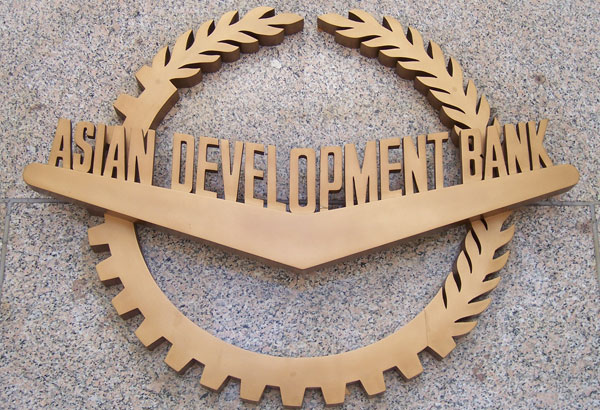Asia should wrap up China-led trade talks quickly: ADB official

Bloomberg | 5 December, 2016
Asia should wrap up China-led trade talks quickly: ADB official
The death knell sounding for a U.S.-led Pacific trade pact creates a vacuum that a separate Asia deal being championed by China should quickly fill, according to the Asian Development Bank.
Negotiators at the Regional Comprehensive Economic Partnership meeting this week in Indonesia would normally hold talks without much public scrutiny. But the latest round comes after U.S. President-elect Donald Trump pledged he won’t revive the alternative known as the Trans-Pacific Partnership, once vaunted as the centerpiece of U.S. economic engagement in Asia.
That has shifted focus to the RCEP, which would cover 30 percent of the global economy and includes China and India among its 16 country members. Trump’s protectionism potentially creates a window for China, which has been vocal on the global stage in recent weeks in advocating for free trade, to push along the timetable for the RCEP and build its influence in the region.
Arjun Goswami, a technical adviser with the ADB’s Economic Research and Regional Cooperation Department, said the timeline for the conclusion of the pact was up to the countries involved.
“But with the prospects of ratifying TPP now receding, there is a vacuum which RCEP should try to fill by concluding negotiations expeditiously,” Goswami said in an e-mailed response to questions. “Expectations are for the deal to be concluded in 2017.”
While the RCEP is much more a straight up and down trade deal compared to the TPP, which would extend to subjects including intellectual property and state-owned enterprises, it does have its own sticking points.
Some countries may favor greater trade and investment liberalization than others based on different levels of development, and “there may be differing views on the extent of coverage of RCEP trade and investment liberalization in terms of goods and services, with the latter posing greater challenges,” Goswami said.
“There is a slowdown in global and regional trade growth that is partly cyclical and partly structural. In addition, there is a risk of rising protectionism fueled by economic insecurity and inequality which makes it more critical to have inclusive trade and investment flows with their effective utilization by small and medium enterprises.”
The RCEP aims to level tariffs and rules on the region’s supply chains, liberalize investment and introduce dispute-resolution mechanisms. Unlike the TPP, it would not require members to take steps to protect labor rights or improve environmental standards.





